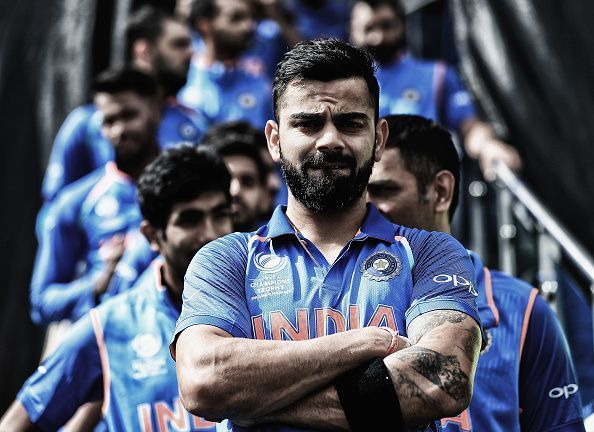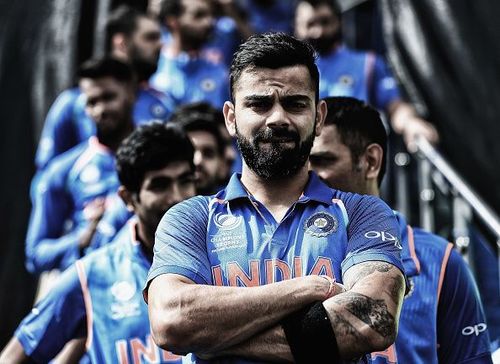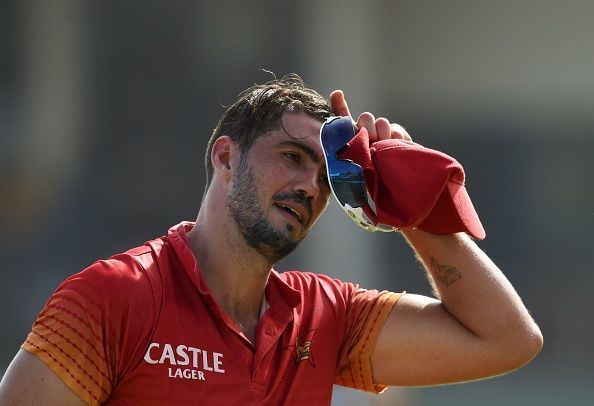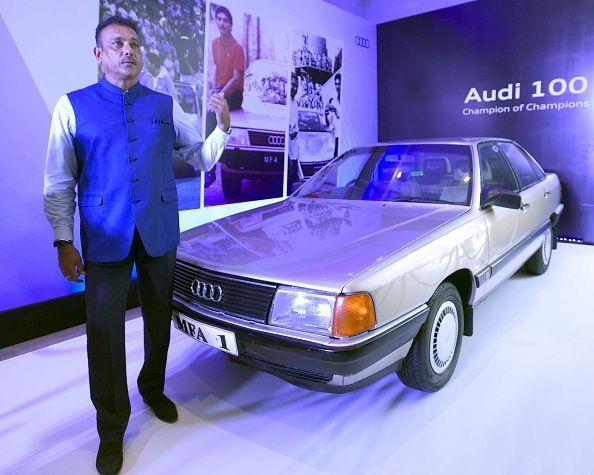
Who's the richest man in world cricket?

When Manmohan Singh put pen on paper and designed the 1991 budget, hauling India out of economic crisis and kick-starting liberalisation, a game, then run purely on passion and fandom in the country, was suddenly infused with money and a prosperous tomorrow.
Two years later, two soft-drink giants had entered the Indian market, and the game started hurriedly pivoting towards affluence, glamour, and well, the jaw-dropping exploits of a Lilliputian Mumbaikar.
A quarter of a century later, Indian cricket is the supreme boss. The dynamics of money in cricket is an ever-changing entity. Now with an overabundance of T20 leagues, players manage to thrust huge packets of money in their pockets from such tournaments, with IPL handing out one of the most lucrative offers to contemporary cricketers.
The crevasse between the highest earners of the game, and the cash-strapped boards continues to deepen as the game progresses, and the future might turn it into the Mariana Trench.
Helped by research from the good folks at ESPNCricinfo, and their recent report on money in cricket, a number of questions on the financial workings of the game have been answered.
For you and I, who weren’t Ramanujans in school, let’s break this money business down from complex figures to simple pointers:
An Indian cricketer playing at the top-most level earns in the following ways:
#1 Annual retainer contracts and match fees
#2 Share of gross revenue by the BCCI (currently set at 26%, half of which is given to international players)
#3 Money from T20 leagues and other domestic tournaments
#4 Endorsement deals
#5 Bonuses from tournament wins
While the average Indian player is perceived to earn more than his counterparts from around the globe (courtesy the hullabaloo around BCCI being money-minting lords), the reality is a little different:
Steven Smith earns the most, when it comes to annual retainer amounts and match fees alone, standing proud at the top with the $1.4m that he is set to receive this year. The classy Joe Root comes in next, sitting pretty on the second spot with $1.38m. Before you let out a shriek, Virat Kohli walks in, third on the list, and with an expectation of being $1m richer this year, if player endorsements and T20 (read IPL) contracts are sided.
To put these astronomical numbers into perspective, Zimbabwe captain Graeme Cremer’s yearly figures stand at $0.09m. The effects of Hyperinflation in Zimbabwe might still not have completely worn off.

When it comes to contracts, the BCCI, who has three tiers in its system, pays $312,000, $158,000 and $78,000, top to bottom for players in its ‘A’, ‘B’ and ‘C’ group.
Here’s the list of players, demarcated in their respective groups, based on BCCI's latest annual contract (2017-18).
Grade A: Virat Kohli, MS Dhoni, R Ashwin, Ajinkya Rahane, Cheteshwar Pujara, Ravindra Jadeja, Murali Vijay.
Grade B: Rohit Sharma, KL Rahul, Bhuvneshwar Kumar, Mohammed Shami, Ishant Sharma, Umesh Yadav, Wriddhiman Saha, Jasprit Bumrah, Yuvraj Singh.
Grade C: Shikhar Dhawan, Ambati Rayudu, Amit Mishra, Manish Pandey, Axar Patel, Karun Nair, Hardik Pandya, Ashish Nehra, Kedar Jadhav, Yuzvendra Chahal, Parthiv Patel, Jayant Yadav, Mandeep Singh, Dhawal Kulkarni, Shardul Thakur, Rishabh Pant.
If you think that BCCI has ulterior motives lined up against Test cricket, and doesn’t promote the same, you are barking up the wrong tree. BCCI promptly gifts more match fees in Test matches than any other leading board in the world:
Indian players earn $23,380 from every Test, $9352 from every ODI and $4676 from every T20I game, which is way ahead of the other boards.
That means Cheteshwar Pujara, a 'Test specialist', can buy possibly the swankiest of cars like Mr. Pandya, just by playing one format for India. The unassuming Saurashtrian himself would be least interested though.
A mightier player pool (over 30 players) for India results in their basic retainer amounts not being close to what boards like England and Australia, who have anything between 18-20 players at a time on central contracts, offer.
If you think that players are the only ones wearing a titfer and blowing a party horn, you might be a little incorrect.
Wearing the coach’s hat is paying rich dividends for Ravi Shastri, Anil Kumble’s successor, who earns the big bucks too, on par with the cream of international cricketers and clearly much more than the value of the Audi 100, the swanky four-wheeler he received as Champion of Champions in 1985.

Compare Shastri’s $1.17m a year with the cash-strapped South Africa’s head coach, Russell Domingo’s humble remuneration of $0.09m, and you’d know why the Indian sits prettily in the dressing room, a smile on his face and a drink in his hand.
However, cricket doesn’t even scratch the surface, when it comes to the abundance of money in other sports.
Kohli recently quipped that he feels like Cristiano Ronaldo. The Portuguese earns about 40 times (ahem) of what Kohli pockets, despite the Delhiite being the richest Indian athlete. Even the IPL can do only as much as a kid’s spade filling sand in a tube-well.
What has been witnessed over the last two decades and a half are indicators enough that the game will continue to thrive. Yet, a balance between the fagged out red-ball game, and the over-popular slam-bang format will have to be quickly found.